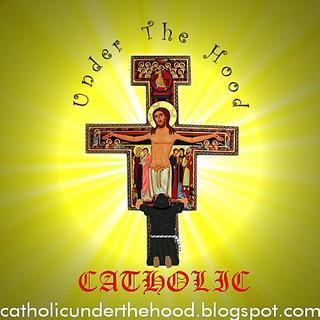Evaluating the role of the laity
Taylor's "Love in Action: A Direct Action Handbook for Catholics Using Gospel Nonviolence to Reform and Renew the Church" is a guide for Catholics who want to spur the church to more "accountability and transparency." It harks back to the 1960s, when Taylor marched with the Rev. Dr. Martin Luther King Jr.
Taylor intends the 12-point action plan to equip independent groups such as Voice of the Faithful, a 30,000-member lay organization to which Taylor belongs. The guide will likely be used by the organization as it finalizes its goals following a national convention held last July, said Bud Bretschneider, Voice of the Faithful chairman for Greater Philadelphia.
...
Taylor urges that negotiation with church leadership be the first strategy. If that fails, the 92-page handbook includes a list of 82 methods of nonviolent protest and persuasion including mock awards, lobbying and refusing to pay dues or assessments. [source]
However others such as Scott Appleby of Notre Dame and William Dinges of Catholic University are warning that protests could be counterproductive and cause the Catholic hierarchy to harden itself against lay imput.
My own perspective is that most priests are not adverse to increasing lay involvement in their parishes - under the limits establised by Canon Law. However, I don't think that the laity have taken advantage of their current capabilities and responsibilities. It's difficult to think that the problem is on the side of the clergy when you see people not showing up at Mass to fulfill their obligations as lector or extraordinary ministers of Holy Communion. Lay responsibility means lay committment and as the Gospel states - faithfulness in small things means opportunities for greater things. So, I would ask that before one starts making signs and marching in protest that they first examine themselves to see if they have, in fact, lived up to their responsibilities as a faithful Catholic. As one of the parishioners here has said, oftentimes those who give the least complain the most.
Taylor intends the 12-point action plan to equip independent groups such as Voice of the Faithful, a 30,000-member lay organization to which Taylor belongs. The guide will likely be used by the organization as it finalizes its goals following a national convention held last July, said Bud Bretschneider, Voice of the Faithful chairman for Greater Philadelphia.
...
Taylor urges that negotiation with church leadership be the first strategy. If that fails, the 92-page handbook includes a list of 82 methods of nonviolent protest and persuasion including mock awards, lobbying and refusing to pay dues or assessments. [source]
However others such as Scott Appleby of Notre Dame and William Dinges of Catholic University are warning that protests could be counterproductive and cause the Catholic hierarchy to harden itself against lay imput.
My own perspective is that most priests are not adverse to increasing lay involvement in their parishes - under the limits establised by Canon Law. However, I don't think that the laity have taken advantage of their current capabilities and responsibilities. It's difficult to think that the problem is on the side of the clergy when you see people not showing up at Mass to fulfill their obligations as lector or extraordinary ministers of Holy Communion. Lay responsibility means lay committment and as the Gospel states - faithfulness in small things means opportunities for greater things. So, I would ask that before one starts making signs and marching in protest that they first examine themselves to see if they have, in fact, lived up to their responsibilities as a faithful Catholic. As one of the parishioners here has said, oftentimes those who give the least complain the most.










0 Comments:
Post a Comment
<< Home